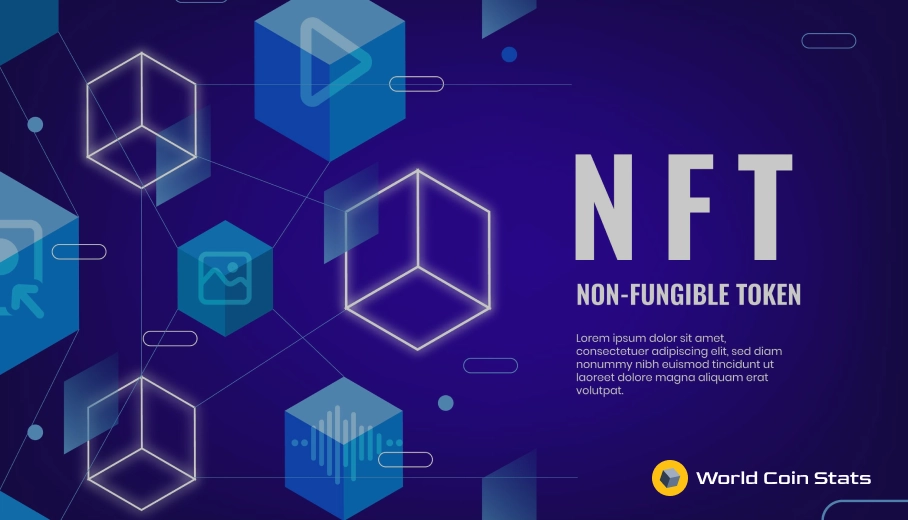Everything You Need To Know About YUNO.Finance
YUNO.Finance was a very short lived cryptocurrency/decentralized exchange made for liquidity farming – it’s essentially a fork, really just a clone with an added mint() function, of SushiSwap. But it was a lot more fun with memes, basically.
Anyway, this article will offer a very brief overview about this short lived yield farming token in the early stages of DeFi.
What Was Yuno.Finance?
As mentioned previously, YUNO.Finance was a liquidity farming platform popular on DeFi for about a month.
That’s it.
The coin was only popular because it offered insane APY for providing liquidity to it and other coins on the platform.
Unfortunately, YUNO.Finance had many issues with it and the founder eventually rug pulled and all the “investors” lost money. In that regard, it was a fairly standard rug pull liquidity mining coin.
Anyway, the next section will cover the many problems with YUNO.Finance so you don’t have to make those mistakes in the future.
The Problems With YUNO.Finance
YUNO.Finance had a lot of problems with it. This section will cover some of the problems that the coin had right from the start.
Mint() Function
The biggest problem with YUNO.Finance is that it had a mint() function right in the smart contract. So, what’s the big problem with a mint() function?
That function allows the developer to create an unlimited amount of coins in their wallet, which means they can infinitely mint coins, sell them, and take the price to 0. All while taking profits.
Basically, if you see a mint() function in a smart contract on any of these liquidity mining tokens, then run. It’s almost guaranteed that the developer will rug pull if that function is in the smart contract.
Comicaly High APY
The other tip that YUNO.Finance was going to rug pull was the comically high APY of over 200,000%.
We’re not joking – that was the APY the coin offered. That is obviously not sustainable because nothing over about 15%, and even that’s pushing it, is sustainable long term.
The reason the APY is so high is that the developer wants to attract as much attention (read: liquidity) to the coin as possible to increase the value for the inevitable rug pull. Why more attention?
All that attention means more demand for the coin, which means the developer can sell all the coins they mint with the extremely convenient mint() function.
Again, this is not a particularly complex scam that the developer ran with YUNO.Finance.
Did Investors Lose Money With YUNO.Finance?
Yes, investors lost money with YUNO.Finance. The developer dumped all their tokens, the price crashed, and holders were left holding a worthless token.
It’s an extremely common scam in the world of DeFi.
With that said, everyone that was liquidity mining for 200,000% APY knows that the developer will rug pull. They simply accept the risk and attempt to get out before the rug pull begins. Unfortunately for them, there will always be someone that gets caught holding the bag when the developer rug pulls.
It’s a risk that many are willing to accept for 200,000% APY, though.
Final Thoughts
That covers it for all you need to know about the short lived decentralized exchange YUNO.Finance – it was created as a rug pull from day one with a very convenient mint() function.
In summary, if it’s too good to be true, then it’s most likely a scam. That said, you can stay make money if you get in early enough and exit before the developer rug pulls.




